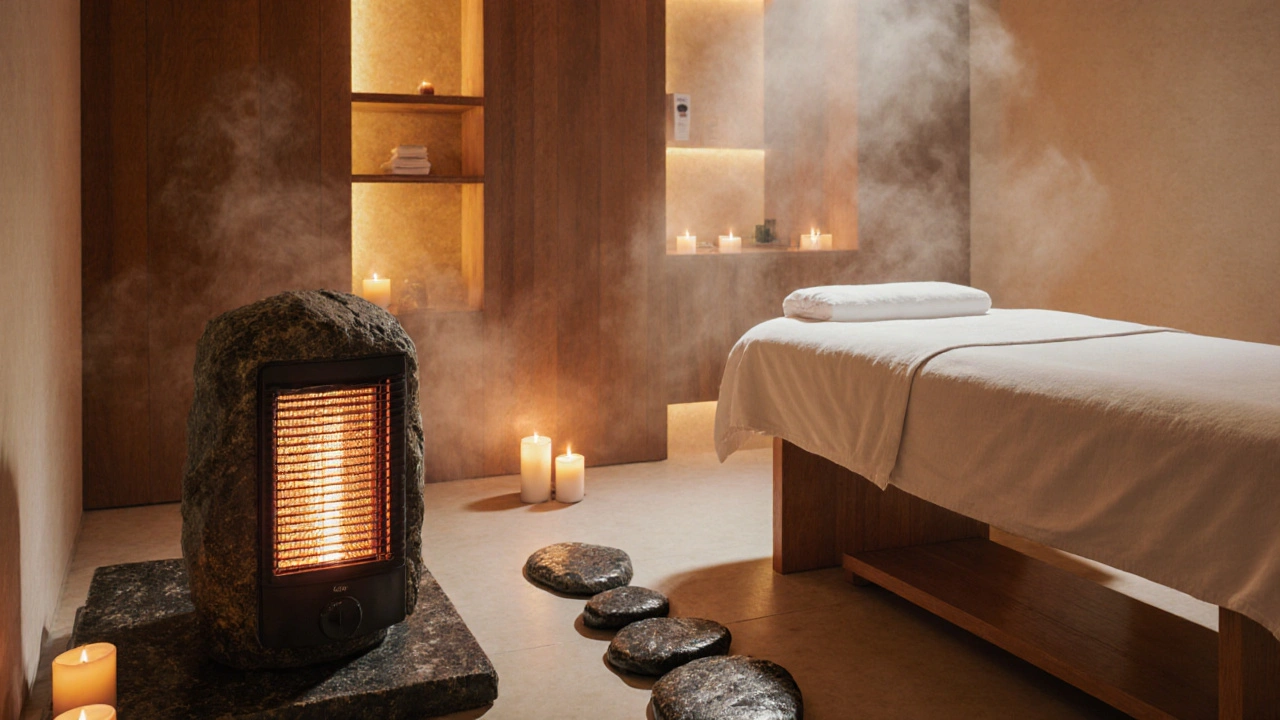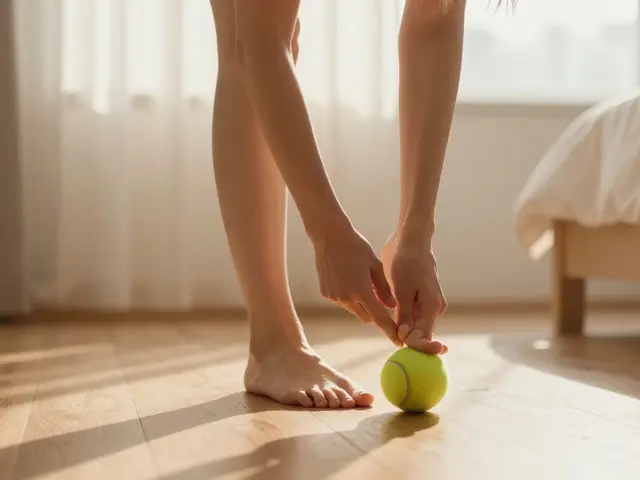Massage techniques that actually help—pick one that fits your body
Want real relief from pain, better posture, or deeper relaxation? This tag collects clear how-tos and honest guides for dozens of hands-on methods. You’ll find fast-read tips for fixing a stiff neck, choosing a postural therapy, or trying a ritual-style massage like Lomi Lomi or Hammam. No fluff—just what each technique does, who it helps, and what to expect in a session.
Match the technique to your goal
First, pick the outcome you want. Need pain relief? Look at trigger point work, Ortho-Bionomy, Rolfing, or Hellerwork—these target muscle knots, chronic tension, and alignment. Want relaxation and mood lift? Try warm stone, Lomi Lomi, Esalen-style bodywork, or a Hammam ritual. Working on movement and awareness? Feldenkrais and bioenergetics teach you to move smarter to prevent injury. After a cultural or traditional route? Hilot, Kahuna, and Laos massage bring heritage techniques that mix bodywork with breathing and ritual.
Each method works differently. Trigger point massage zeroes in on tight, tender spots to free up movement. Rolfing and Hellerwork focus on fascial alignment across multiple sessions. Feldenkrais uses tiny, mindful moves to retrain patterns. Acupressure presses energy points for quick tension relief without oils. Pick a technique that fits both your problem and how hands-on you want the session to be.
What to expect and how to find a good therapist
Sessions vary—some are gentle and slow (Feldenkrais, Ortho-Bionomy), others are deeper (trigger point, Rolfing) or ritual-based (Lomi Lomi, Hammam). Before booking, ask the therapist about training, typical session length, and whether they work with your condition. If you have sciatica, scoliosis, or recent surgery, mention it up front. Good therapists will ask about medical history and explain what they’ll do and why.
Practical tip: start with one session to test comfort and results. If you’re chasing long-term posture or scoliosis improvement, expect a series of sessions with measurable progress between visits. For acute pain or a one-off reset, a single focused session often gives noticeable relief.
Safety matters. Avoid deep tissue work over inflamed or bruised areas, and don’t allow techniques that cause sharp pain. If something feels worse after a session for more than 48 hours, check with your provider or a doctor.
Want to explore specific techniques? Browse our articles on Hilot, Amma, Feldenkrais, trigger point, stone therapy and more to read step-by-step guides, real user stories, and practitioner tips. Use the filter here to sort by goal—pain relief, relaxation, posture, or cultural practice—and pick the technique that fits your life and body. Try one this month and see which hands-on approach finally makes sense for you.

Stone Therapy Guide: Benefits, Techniques & FAQs
Discover the full picture of stone therapy, from hot and cold stone massage to crystal healing, benefits, safety tips, DIY guidance, and FAQs in a concise, human-friendly guide.

The Magic of Kahuna: A Closer Look
Kahuna holds a special place in Hawaiian culture, offering a blend of spirituality and practical wisdom. This article explores the cultural significance of kahuna, the role they play in communities, and their unique healing techniques. We delve into the myths and realities of kahuna practices, providing insights that are both educational and thought-provoking. Learn how these ancient traditions continue to influence modern life and discover some tips to integrate kahuna principles into your own routine.
Categories
- Health and Wellness (148)
- Alternative Therapies (86)
- Massage Therapy (40)
- Travel and Culture (15)
- Beauty and Skincare (9)
- Holistic Health (8)
- Health and Fitness (5)
- Spirituality (5)
- Other (2)
- Personal Development (2)
Popular Articles



